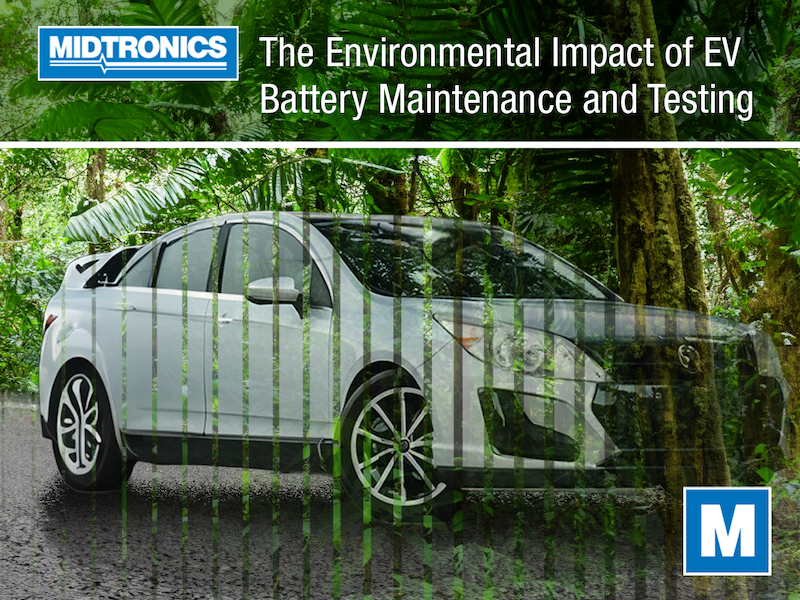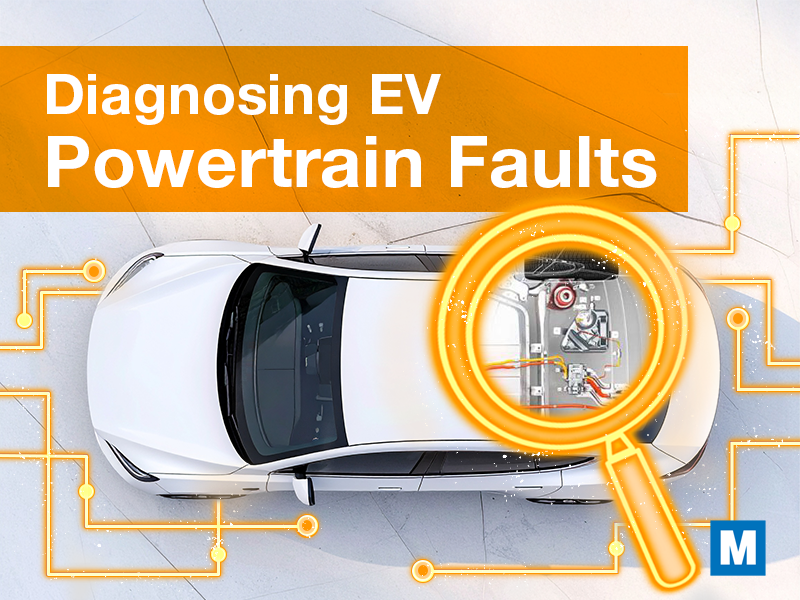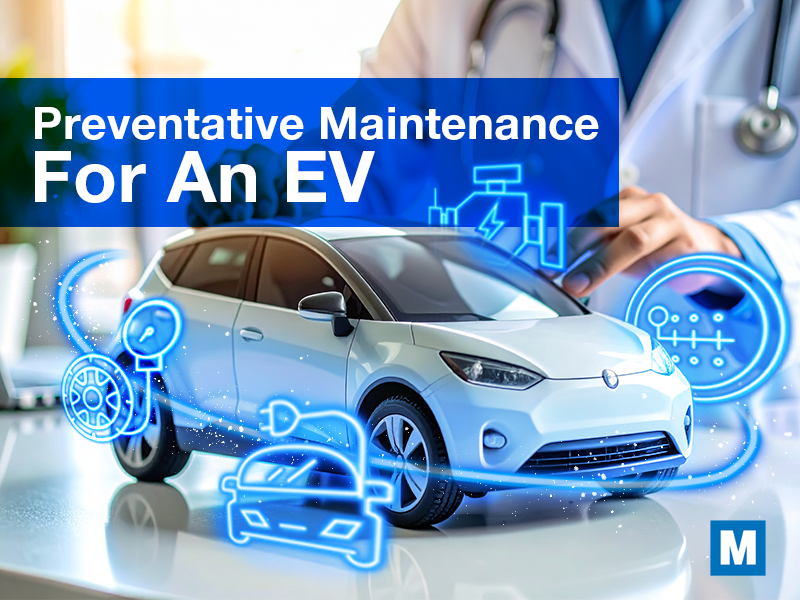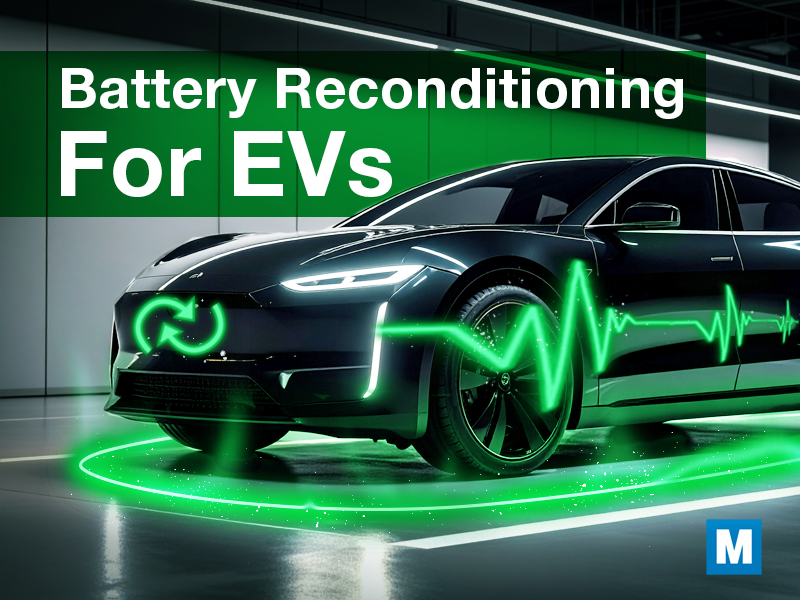The rise of electric vehicles has been nothing short of phenomenal. In the US, EV adoption now exceeds 7.5%, with some states like California driving it with 25% of vehicle sales being fully electric. As we strive to reduce our carbon footprint and move towards sustainable solutions, EVs have proven to be a viable alternative to traditional gasoline-powered vehicles.
However, the maintenance and testing of the batteries that power these vehicles are critical aspects often overlooked. It’s not only key to making electrification feasible for the average consumer, but for repair shops to keep EVs working well for years with no significant degradation and minimizing the environmental effects that electric cars are known for. Let’s delve into the intricacies of EV batteries, their maintenance, and the environmental impact of these processes.
Understanding EV Batteries
We know that at the heart of every electric vehicle lies its battery – the powerhouse that fuels the vehicle’s movement. These batteries, typically lithium-ion, work on the principle of moving ions from the negative electrode to the positive electrode during discharge and back when charging.
There are different types of EV batteries, including lithium-ion, nickel-metal hydride, and lead-acid batteries, each with their unique properties and performance characteristics. On average, an EV battery has a lifespan of eight to 15 years, depending on various factors such as usage, maintenance, and the specific type of battery used.
Maintenance and Testing of EV Batteries
Regular maintenance and testing of EV batteries are crucial for optimal performance and longevity. These processes involve checking the battery’s state of health (SoH), state of charge (SoC), and other important parameters. Regular testing can detect potential issues early on, preventing catastrophic failures and extending the battery’s life.
For instance, if a vehicle owner has a concern of reduced range, testing and diagnosis might reveal a module that’s failing. Left uncorrected, it will almost certainly shorten the battery pack’s serviceable life by several years, or it could even lead to a more urgent failure. But once it’s identified, there’s a good chance that the faulty module can be replaced, followed by module balancing, to restore the battery pack’s health.
This type of service keeps a battery pack in service rather than replacing it prematurely. As a one-off issue, it’s not severe. But spanning all manufacturers globally, it could account for tens of thousands of battery packs annually that continue to be in use rather than heading to a secondary life application or the recycler.
There’s no question that EV battery maintenance is necessary and beneficial. That includes services like coolant changes, and even car washes to flush debris and salt buildup from key areas of the undercarriage is critical.
Environmental Impact of EV Batteries
While EVs are significantly cleaner than conventional vehicles in terms of emissions, the production of their batteries does have a carbon footprint. This is due to the energy-intensive mining of raw materials and the manufacturing processes involved.
What’s also known about EV batteries is that they’re very resource-intensive to manufacture. One such example is that approximately 2.2 million liters of water, or roughly 580,000 gallons, is necessary to produce one ton of lithium. That’s only enough for around 100 battery packs – an average EV battery uses approximately 20 pounds of lithium.
Also, each battery pack averages around 31 pounds of cobalt, and while it’s usually captured as a byproduct of mining other materials, there are questionable practices in places where it’s sourced like the Democratic Republic of Congo.
And what we know about the EV industry’s potentially explosive growth over the next decade is that it’s going to require exponentially more mining for rare earth minerals that go into these batteries. Along with lithium and cobalt, supply chains for manganese, nickel, and graphite will need to increase by as much as 800% by 2035.
It behooves all tiers of the automotive industry to make EV batteries that last as long as possible for not just the consumer’s benefit, but for the environment too.
However, when compared to the lifetime emissions of gasoline-powered vehicles, including their production, use, and disposal, EVs still come out ahead. Moreover, the recycling of EV batteries can help manage waste and reduce the need for new raw materials.
Environmental Impact of Maintenance and Testing
Proper EV battery maintenance can reduce the need for battery replacements, thereby reducing the demand for new batteries and their associated environmental impact. On the other hand, battery testing, while essential, does consume energy and resources. However, this energy consumption is a tiny fraction compared to the energy saved by extending the battery’s life through regular testing.
The use of efficient testing equipment can further reduce the environmental impact. Modern testing and diagnostic systems are designed to be energy-efficient and incredibly accurate, ensuring that battery repairs are only performed when they’re truly required. And with features like that monitor temperature to prevent thermal events, they’re safe as well.
Companies are establishing best practices in EV battery maintenance and testing. Battery management systems perform regular diagnostics, optimize charging and discharging processes, and even adjust the vehicle’s settings to maximize battery life. These practices not only enhance battery performance but also mitigate the environmental impact by reducing the need for battery replacements.
Conclusion
The environmental impact of EV battery maintenance and testing is a complex issue that involves balancing the need for reliable, high-performing batteries with the goal of minimizing our carbon footprint. While the production of EV batteries does have an environmental impact, proper maintenance and efficient testing practices can significantly extend battery life, thereby reducing the overall environmental impact.
We can contribute to this cause by implementing battery maintenance practices to help consumers keep their EVs in good shape and their batteries far from end-of-life.




